The Changing Face of Our Oceans Part 8: Swim in Oil, Eat Trash
Part 1, Part 2, Part 3, Part 4, Part 5, Part 6, Part 7
Civilization's dependence on petrochemicals could hardly be less commented on. We used them to jumpstart the industrial revolution and provide us with cheap energy to fuel growth and technological advancement. They also, of course, have fueled climate change, the most pressing environmental issue humanity faces. Rising temperatures in the ocean have done considerable damage. They're also largely responsible for ocean acidification, climate change's evil younger twin. Petrochemicals are harming the oceans in a much more direct way as well, however, in the forms of oil spills and plastic debris.
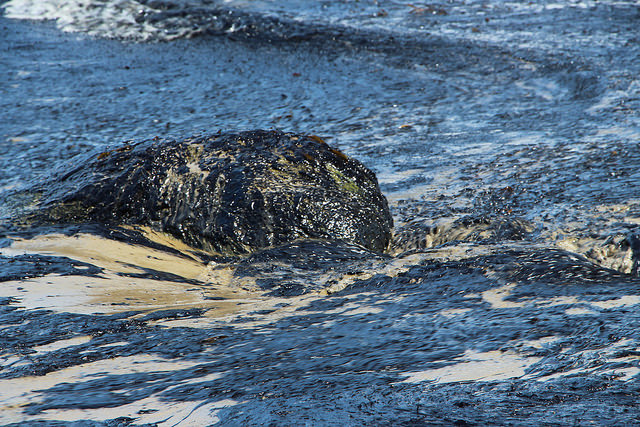
Rocks and surf coated with oil after the Refugio Oil Spill in Santa Barbara. [Image source]
Oil spills are bad enough on land, where they can poison the soil for miles. At sea they're far, far worse, however, able to spread out for hundreds of miles. Mammals and birds are particularly at risk- the oil gets into their fur and feathers and renders them less able to insulate and makes them less buoyant.
Oil spills have, admittedly, been a major part of the public consciousness for decades now, especially since the Exxon Valdez spill of 1989. However, there've been significant advances in our understanding of the damage that oil spills do in recent years. (Not to mention that a series on the way in which we're altering the oceans would be woefully incomplete without a post on them.) In the past, a great deal of our understanding was limited to coastline damage- damage to aquatic ecosystems farther out to sea and deeper was less well understood.
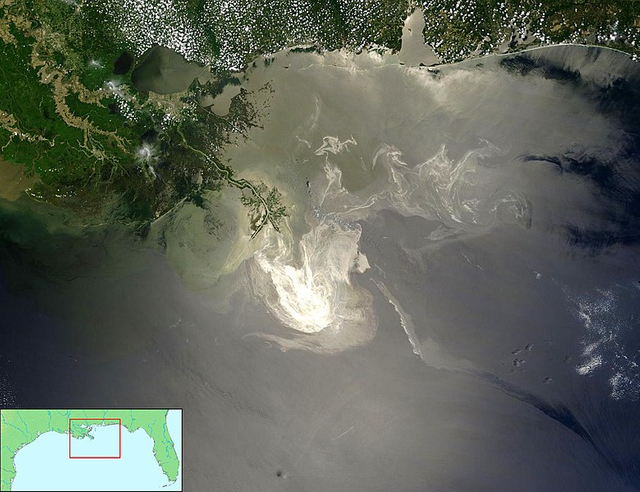
The Deepwater Horizon oil spill as seen from space. [Image source]
Fish populations are heavily affected by oil spills as well. The crude oil that makes up most oil spills contains polycyclic aromatic hydrocarbons (PAHs), which are highly toxic to not only fish, but to most animals. In humans they're carcinogenic. In fish they have a wide array of consequences, including genetic damage, retarded growth, fin and jaw deformities, and reduced swimming speed. It also kills fish eggs in huge numbers.
As fish absorb and consume petrochemical byproducts, especially PAHs, they tend to bioaccumulate. Bioaccumulation occurs when predators consume prey containing some sort of contaminant- in this case PAHs- and the contaminant gets steadily more concentrated as you move up the food chain. This is the exact reason swordfish has so much mercury in it- swordfish sit at the tops of their food chains, and mercury from all their prey fish just tends to accumulate in their flesh.
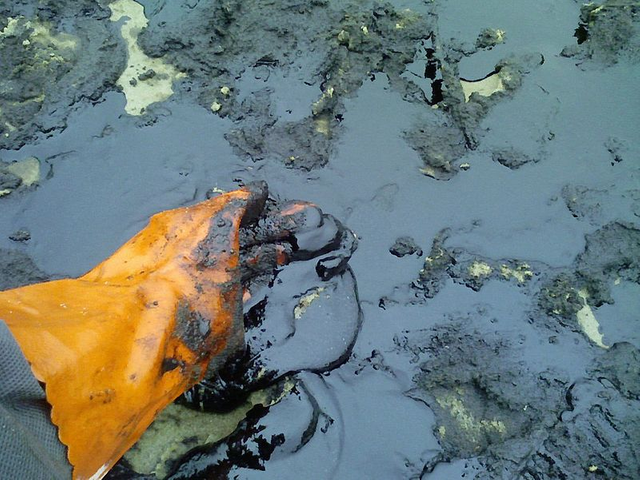
A Korean beach after an oil spill. [Image source]
We can't talk about oil spills without mentioning the Deepwater Horizon oil spill, the most serious oil spill in history. Almost 5 million barrels of oil were spilled over the six months in 2010 before the spill was capped. The sealife of the Gulf of Mexico was severely negatively affected- infant dolphins, for instance, were dying at six times the normal rate. The spill affected an area of the Gulf the size of Oklahoma. The unprecedented use of massive quantities of Corexit, a highly toxic oil dispersant, resulted in oil droplets floating throughout the gulf and resting on the seafloor. The Corexit/oil mixture was found in the systems of countless animals. 50% of all shrimp caught in the gulf lacked eyes and eye sockets, and 50% of the fish caught had deformities or lesions.
Oil spills, as horrific as they are, are far from the extent of petrochemical related damage to the oceans. The other major direct threat petrochemicals pose to our oceans is in the form of plastic particulate. You've probably heard of this one: The Great Pacific Garbage Patch.
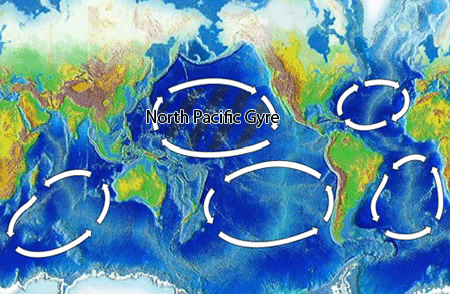
The Great Pacific Garbage Patch- there are actually three of them near one another- is found in the North Pacific Gyre. [Image source]
The Great Pacific Garbage Patch often gets described in the media as a floating sea of trash, and is often imagined as some huge floating island of garbage as far as the eye can sea. There was actually a pretty awesome comic book based off the premise of building a nation on said trash island- it was called Great Pacific, you should check it out. These depictions of the Garbage Patch are completely inaccurate, though. You could sail right through it and hardly even notice any trash. This is because the Great Pacific Garbage Patch is primarily made up of plastic particulate- bits less than a millimeter across. (There's also lots of lovely chemical sludge and other stuff.)
The Great Pacific Garbage Patch is absolutely enormous. The minimum size estimate for the Patch is around the size of Texas- the largest put it at 8% of the size of the Pacific Ocean itself. The concentration of plastic, while made up of incredibly small bits, is incredibly high. In some regions of the Patch the concentration of zooplankton is seven times greater than the concentration of zooplankton. The concentration is highest at the surface, with less found farther down- mostly fishing line deeper down.
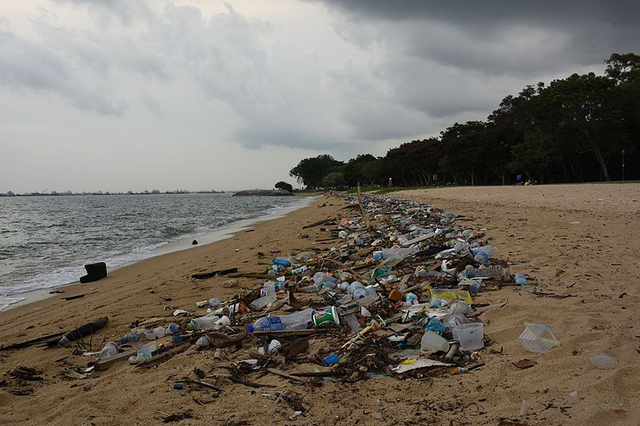
Washed up plastic on a beach. [Image source]
There's a reason the particulate is so small- plastic tends to photodegrade. The sunlight breaks apart the plastic, but the smaller pieces remain polymers- the change is only a physical, not a chemical one. This is resulting in massive concentrations of plastic in the food chain, which causes severe health problems in higher animals. (Jellyfish especially like to eat plastic bits.) Like with the PAHs from oil, the plastics tend to bioaccumulate in the higher end of the food chain. They also tend to do something else nasty- they absorb organic pollutants from seawater, including DDT, PAHs, and the absolutely terrifying class of chemicals known as PCBs. These toxins then get eaten along with the plastics and bioaccumulated as well. It gets even more fun, though- invasive species tend to travel around the ocean by attaching themselves to the plastic. On top of that, some of the species that have begun thriving on the plastic generate some lovely little neurotoxins.
We've produced around a total of 9.1 billion tons of plastic since 1950. Of that, around 5.5 billion tons of plastic waste litter the planet- a great deal of that in the Great Pacific Garbage Patch. If plastic keeps getting added to the oceans at the rate it is, and overfishing keeps going at the rate it currently is, we're looking at an ocean with more plastic by weight than fish by 2050. Ironically, the single biggest source of drifting plastic is discarded fishing gear. In some small bit of consolation, we are developing techniques to clean up our oceans of the floating plastic, but it's tough going.
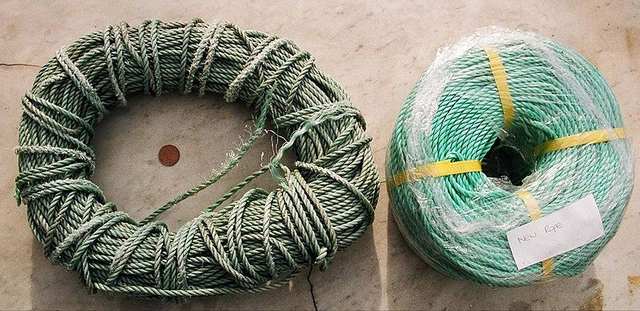
On the left is a plastic based rope that has undergone photodegradation due to UV rays. On the right is a brand new rope of the exact same type. [Image source]
Our petrochemical waste- both oil and plastic- is both literally and figuratively trashing the oceans. We're radically changing the very chemical composition of the oceans. Want to survive underwater? Better learn to have a resistance to some truly nasty carbon compounds.
Bibliography:
- The Ocean of Life: The Fate of Man and the Sea, by Callum Roberts
- https://en.wikipedia.org/wiki/Great_Pacific_garbage_patch
- https://en.wikipedia.org/wiki/Marine_debris
- https://en.wikipedia.org/wiki/Ecosystem_of_the_North_Pacific_Subtropical_Gyre
- https://en.wikipedia.org/wiki/Deepwater_Horizon_oil_spill
- https://en.wikipedia.org/wiki/Corexit
- https://en.wikipedia.org/wiki/Exxon_Valdez_oil_spill
- https://en.wikipedia.org/wiki/Polycyclic_aromatic_hydrocarbon
- https://en.wikipedia.org/wiki/Oil_pollution_toxicity_to_marine_fish
- https://en.wikipedia.org/wiki/Oil_spill
- https://www.theoceancleanup.com/updates/unscheduled-learning-opportunities-on-the-north-sea/
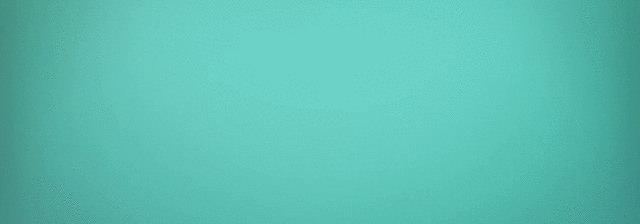
Oh, and for anyone who's been following me for a while- yet more awesome progress on the secret project has been made!
Being A SteemStem Member
You received a 80.0% upvote since you are a member of geopolis and wrote in the category of "ecology".
To read more about us and what we do, click here.
https://steemit.com/geopolis/@geopolis/geopolis-the-community-for-global-sciences-update-4
Pollution is a very serious aenvironmental issue particularly in the African region. I only hope the government policies begin to pay attention to this aspect by addressing the issue head on.
Hopefully so!
I was going through the hot content, and I saw this post, you are doing a great job, people usually dont use this platform for such a purpose, I have gone through such a content first time on steem since I have joined, keep doing such work, a single person can't bring the revolution but can motivate some people, can aware people, I support your motive. And I would love to follow you and go through your posts
Thanks!
Nice article @mountainwashere!
Love your photos and care for environment
Wow!! I love this, it's really educating
Nice write up bro
Nice
Your Post Has Been Featured on @Resteemable!
Feature any Steemit post using resteemit.com!
How It Works:
1. Take Any Steemit URL
2. Erase
https://3. Type
reGet Featured Instantly � Featured Posts are voted every 2.4hrs
Join the Curation Team Here | Vote Resteemable for Witness
I saw some videos of dissections of fish and birds last year and it made me not want to eat fish anymore. I was avoiding fish raised in tanks already but this made me try to only eat the fish coming from the cold waters, where the currents don't have the power to push plastic into. But that is not going to take long to get contaminated.
Congratulations! This post has been chosen as one of the daily Whistle Stops for The STEEM Engine!
You can see your post's place along the track here: The Daily Whistle Stops, Issue # 64 (3/5/18)
The STEEM Engine is an initiative dedicated to promoting meaningful engagement across Steemit. Find out more about us and join us today!